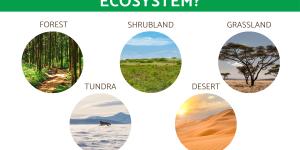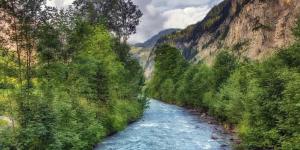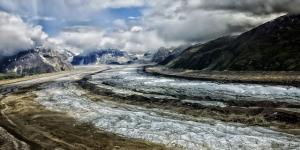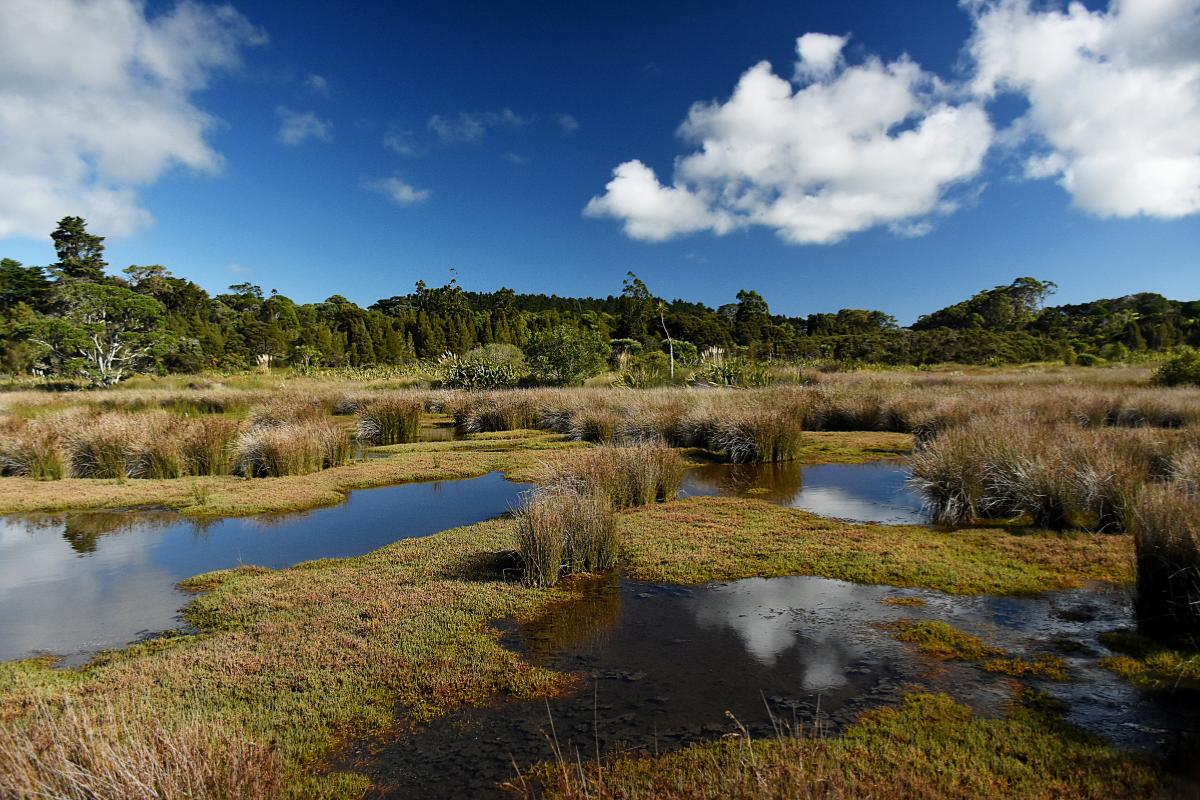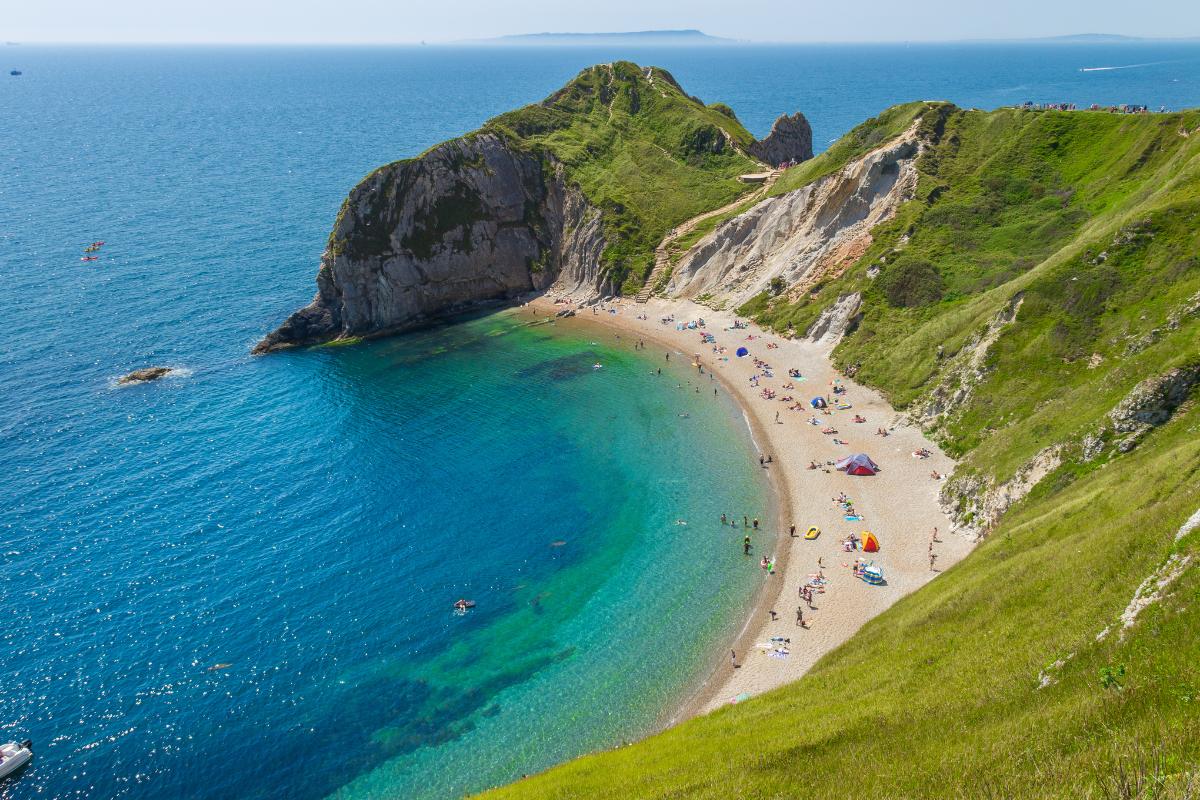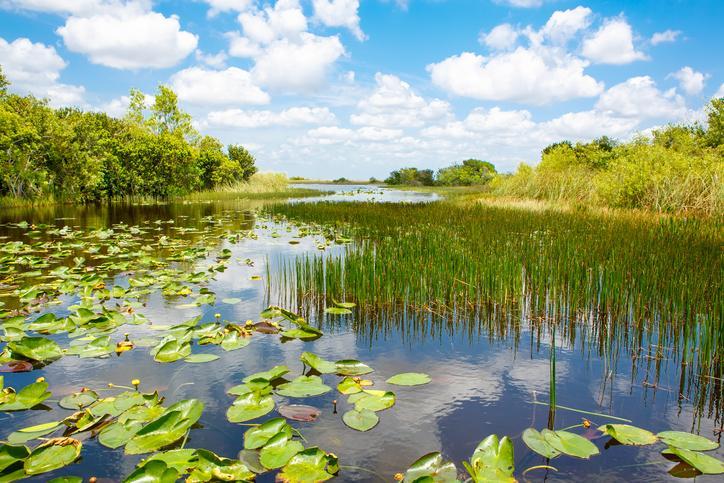What is a Mixed Ecosystem?


We know that different ecosystems can vary greatly in terms of biodiversity and geographical features. However, we can define ecosystems by certain characteristics. For example, a marine ecosystem is defined by saltwater and a desert ecosystem is defined by a lack of precipitation. One of the most defining characteristics is whether it is terrestrial or aquatic, although there are many different kinds of each. Some ecosystems are mixed, meaning they span an area where different types of habitats and biological communities coexist. At thedailyECO, we learn more by asking what is a mixed ecosystem? In addition to providing a definition, we look at types and examples in nauture.
What is an ecosystem?
Before we look at a definition of a mixed ecosystem, we need to have an idea of what is an ecosystem. Generally speaking, ecosystems are the ecological interactions between living beings and their environment. The ecosystem is defined by factors such as the type of flora and fauna, its geography and its climate. They are dynamic and change over time, but some can change more rapidly than others.
While there are multiple types, all of Earth's ecosystems can be defined as being either terrestrial, aquatic, transitional or mixed. They can also be defined by their amount of tree coverage, the type of waters they contain and other factors. Mixed ecosystems need to ne understood in this context.
Learn more about the different types of ecosystems with our related guide.
What are mixed ecosystems?
Mixed ecosystems are those ecosystems that share areas defined by distinct ecosystems, resulting in a hybrid ecosystem which incorporates multiple types. The biodiversity within these ecosystems are able to adapt to these different geographical factors.
It is common for a mixed ecosystem to have both aquatic and terrestrial geographical features, but these are not the only types of mixed ecosystems. Some ecosystems may be mixed because they have areas of forest and areas of grassland mixed within them. Another example is an ecosystem which contains areas of both freshwater and saltwater.
There is some crossover in mixed and transitional ecosystems. By nature, transitional ecosystems are a type of mixed ecosystem, but they specifically refer to an area where one ecosystem meets another. This is a boundary area which has two distinct ecosystems on each side. Mixed ecosystems have different ecosystems which interact with each other, but does not necessarily act as a boundary, even if they have many small boundaries within them.
Now we know what a mixed ecosystem is, we can look at some different types to learn more:

Types of mixed ecosystem
As we have stated, mixed ecosystems are often mixed because they contain both aquatic and terrestrial ecosystems interacting with each other. These vary greatly in terms of geography and biodiversity. Some of them can be very complex and even change into mixed ecosystems during different stages. For example, some areas can flood, but the waters eventually dry up due to changes in climate or other factors.
Examples of these marshes and wetlands include mangroves, peat bogs and swamps. These areas contain wet areas around which landforms are situated. Some animals are specially adapted to live between these areas, such as certain species of amphibian or bird. Others are only adapted to a particular part of a mixed ecosystem.
Wetlands
Wetlands form the transition between inland water ecosystems and terrestrial ecosystems. They occur in the places where the soil is saturated with water at least once a year. When this happens, the soil is deprived of oxygen. This results in these wetland communities which are neither absolutely terrestrial nor purely aquatic.
Classification of wetlands can be carried out using different criteria such as their morphology or structure. There are many environments which can be classified as wetlands, including swamps, marshes, or peat bogs. Mangroves are wetlands which are typically coastal in nature since their brackish water is partly due to their proximity to marine water.
The vital importance of wetlands for the survival of human beings cannot be underestimated. According to the RAMSAR agreement (Ramsar Convention on Wetlands of International Importance Especially as Waterfowl Habitat ), it is one of the most productive environments on the planet. Wetlands are considered cradles of biodiversity and sources of water on which numerous plant and animal species depend.
Learn more about these types of aquatic and terrestrial mixed ecosystems with our article on the difference between a lake and a swamp.

Coastal areas
The coast is the area where emerged territories such as a continent or an island meet with the sea, ocean or other large body of water. These bodies of water are considered submerged territories.
The coastal landscape is shaped by various factors such as wind, waves, tides, biological activity and human activity. Due to all of these influences, its landscape tends to be unstable. There will be areas where the coastline advances due to the deposit of sediments (beaches) and areas where it recedes due to marine erosion processes (cliffs).
There are numerous types of coasts that in some cases coincide with wetland ecosystems due to their interaction with masses of salt water.
- Coasts of predominant structural directions: includes Pacific type coasts (longitudinal), Dalmatian type coasts (in contact with folding lines parallel to the coastline), Atlantic type coasts (transverse) and volcanic coasts.
- Subaerial modeling coasts (erosion): includes coasts of estuaries, fjords or coves.
- Abrasion coasts: coasts along a cliffside.
- Accumulation coasts: includes barrier islands (long string of sandy sediments parallel to the coastline), swampy coasts, marshes and mangroves, delta coasts, dunes, reefs, estuaries or glacial accumulation.
The coastal landscapes that are generated by the processes of sedimentation and erosion, among others. These alter the continuity of the coast can be of the outgoing type, such as capes, points or deltas. Incoming types include gulfs, estuaries, fjords, estuaries, bays or inlets.
Learn more about the difference between a cape and a gulf in our related guide.
If you want to read similar articles to What is a Mixed Ecosystem?, we recommend you visit our Ecosystems category.


